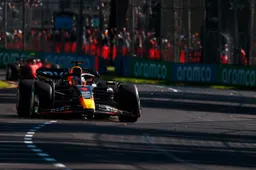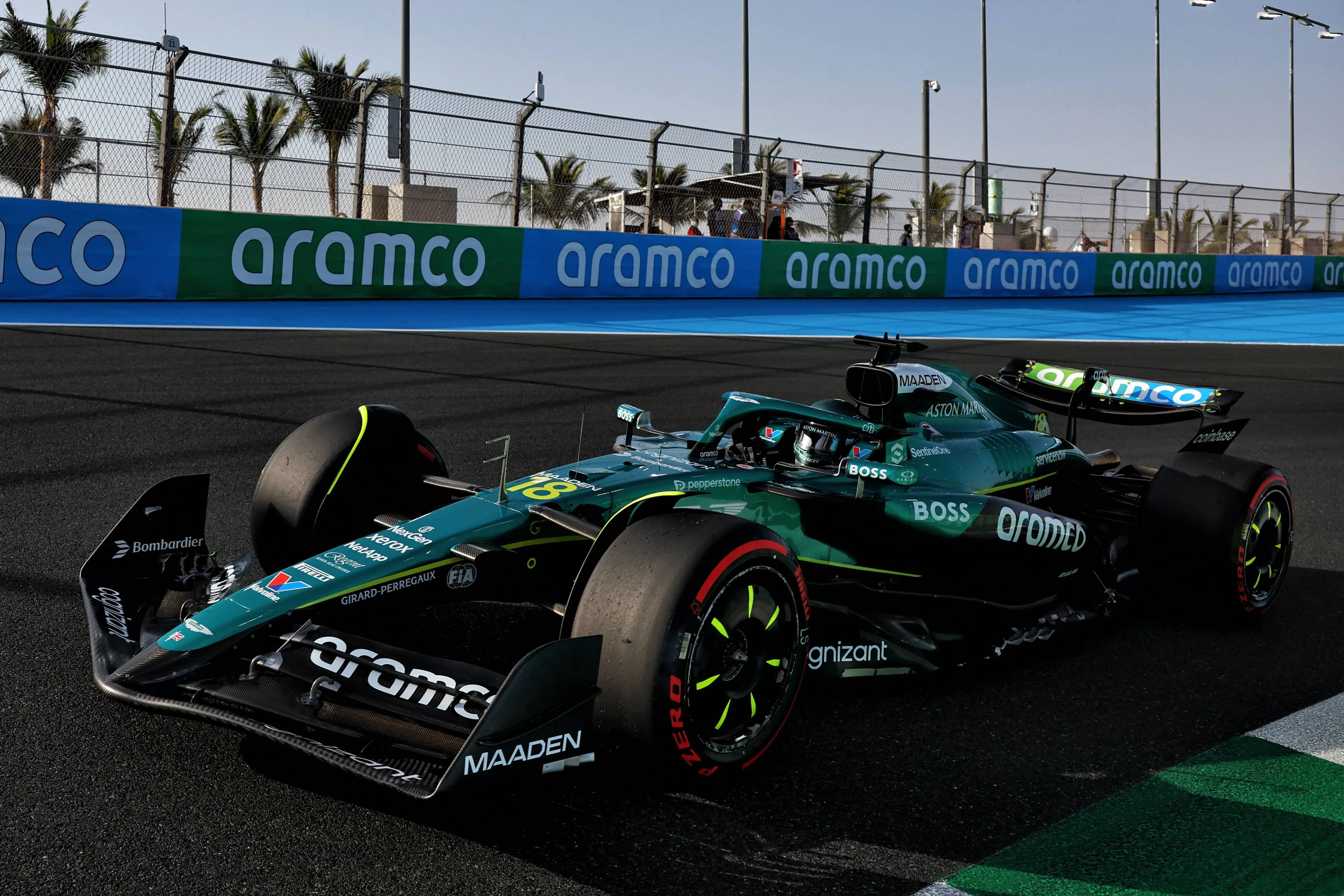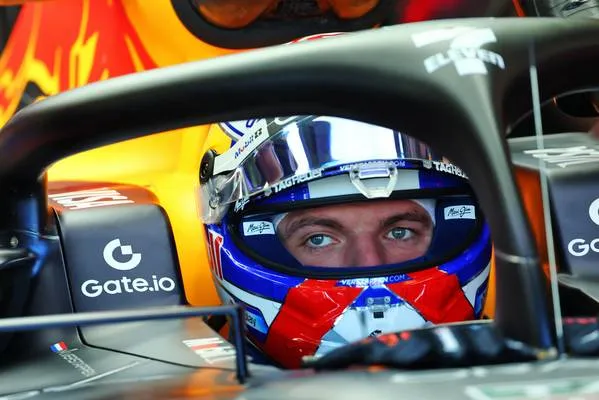Overview | How many PU elements F1 teams have in 2023 after FIA rule change
19:25, 26 Apr 2023
1 Comments
The FIA recently announced that the regulations regarding the maximum number of engine parts will be widened with immediate effect. What exactly does this mean for the 2023 Formula 1 season? GPblog provides an overview.
FIA rule changes for 2023 F1 season
Four instead of three of a number of specifically designated engine elements may be used per driver in 2023. These are the ICE, turbo, MGU-H and MGU-K. The number of energy stores, control electronics and exhaust systems allowed remains the same at two, two and eight respectively.
What engine components do F1 teams have at their disposal?
As the FIA's amended sporting regulations state, F1 teams have the following engine components at their disposal:
Internal combustion engine (ICE): 4
MGU-H: 4
MGU-K: 4
Turbocharger (TC): 4
Energy stores: 2
Control electronics: 2
Exhaust systems: 8
What grid penalties follow too many swaps?
The first time an additional element is used, the driver incurs a grid penalty of 10 places. The next time an additional element is used, the driver will incur a grid penalty of five places. If a driver receives a penalty of more than 15 places, he has to start at the back of the grid.
If many drivers have to start at the back due to a high number of engine changes, as happened at the 2022 Italian Grand Prix, the result of qualifying will determine the starting order. By doing so, the FIA hopes to avoid a repeat of the major confusion caused at Monza by the complicated way grid penalties were applied.
Read more about:
Popular on GPBlog

1
'People can see how good Max Verstappen is now', says former F1 driver
1177 times read

2
Former Red Bull Driver predicts early departure of Hamilton from Ferrari
1118 times read

3
'Newey designs, Verstappen drives, and Alonso sporting director, hell of a team'
307 times read

4
Antonelli would party with Alonso, Russell and Verstappen: 'They know what they are doing'
265 times read












